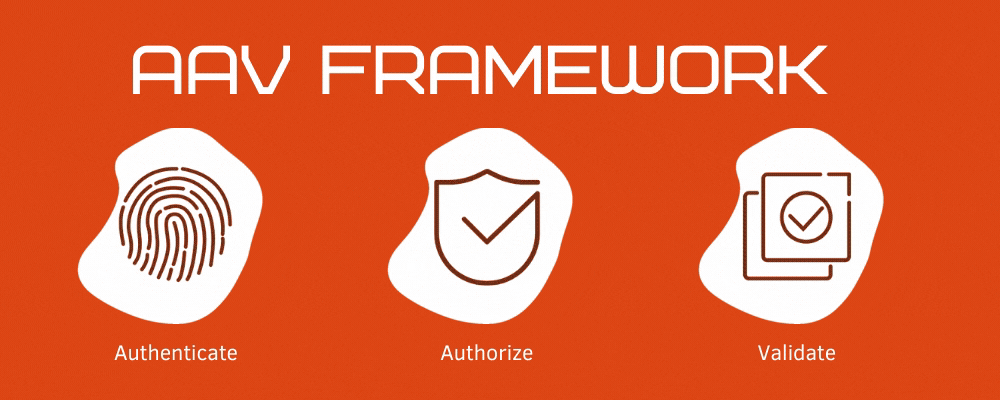Internet of Things – Part III

In our last article we briefly looked at the question of how the ‘Internet of Things’ could be set to drastically change the world of licensing. Until now most of us have been familiar with the process of licensing software; and how that model is changing. Significantly, in the past 2 years there has been a noticeable shift away from ‘one-off’ license payments to a ‘subscription’ model. This has made it more affordable for many customers, as it has also seen a shift in the way that the software is distributed. Rather than having annual releases with a two-tiered price model (Upgrade or Buy) with a large amount of software you now pay a fixed monthly fee and receive all updates for as long as you continue to pay the fee.
This is a licensing model that looks set to catch on in the world where ‘The Internet of Things’ has become a reality. With the notion of ownership being given less gravitas than before, and with consumers happy to ‘rent’ items for as long as they desire.
The new challenge that this presents for companies is how to manage this licensing. Previously if as customer purchased a product then that would be the only financial transaction made; the only exception being where an extended guarantee is purchased on a monthly subscription basis – and this has so far been the exception rather than the rule. The new challenge that all companies are going to face, is how to manage these subscriptions. First of all determining the tiers of payment, and their cost, they will then need a robust management system to track each individual subscription and ensure that all of their customers are still paying, and that they are receiving the correct service for their payment.
What then, does this mean for consumers? On the one hand, it is a good thing. They will be able to access a wider range of software and hardware than ever before and will not have to save for months at a time in order to be able to afford it. The issue with this model though, is that because they will never truly own something, then will always be at risk of losing it should they fail to make a payment (or a series of payments – dependent upon the terms that have been agreed with the supplier). A ‘worst case scenario’ is for someone who has all of their electronics under licensed agreements and they lose their job. They are unable to afford to pay the licenses and they will face the potential that their appliances will cease to work until payment is resumed.
It would seem that it is not just the suppliers who will have to start managing their subscriptions, the consumers will to.
Image Credits: © Alejandro Escamilla - unsplash.com



